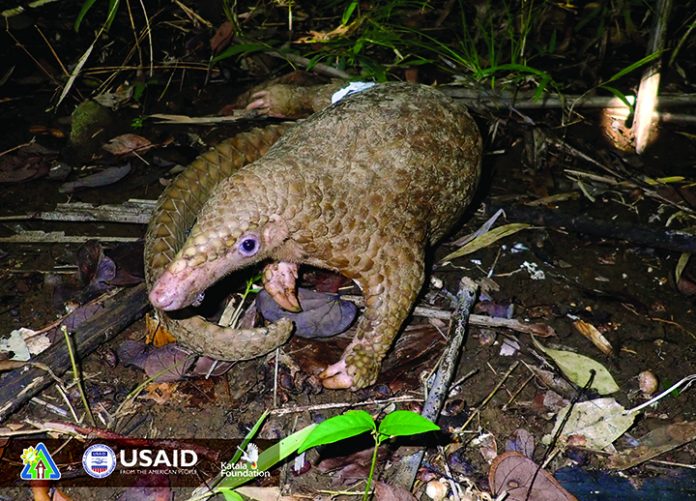The illegal wildlife trade is one of the biggest threats to biodiversity. Demand for species and wildlife products, like rhino horn, elephant ivory and pangolin scales, have triggered an increase in unsustainable harvesting of species. This causes important population declines, threatening the existence of certain species.
Traditionally, illegal wildlife trade thrived in physical markets. But today it has also moved online. In China, more than half of the trade in elephant ivory items happens on e-commerce platforms. Of this, recent investigations showed that social media platforms are the most popular ways to advertise, source, and trade species and wildlife products.
Social media offers good conditions for wildlife trafficking to thrive: the platforms are easily accessible and have a high number of users. It’s also good for sellers who can put up photographs and detailed information about the products.
But monitoring illegal wildlife trade on social media is a challenge. There are a huge number of different groups and profiles that data law enforcers have to investigate. Traders also often use code words to cover illegal transactions. So far, law enforcement efforts by governments, international organisations and NGOs have mainly focused on manually searching social media content for information. This is done on a few key species and wildlife products.
In our recent study we proposed a system that uses machine learning – a type of artificial intelligence that provides systems with the ability to automatically learn and improve from experience – to investigate illegal wildlife trade on social media platforms. To our knowledge, this is the first time automatic content identification methods have been used to investigate illegal wildlife trade on social media.
These new methods and data can provide us with fresh insights on illegal wildlife trade at a global scale. Because it’s done by a computer, it’s able to process a huge amount of information in a short space of time. It also caters for a wide range of different species and wildlife products.
How it works
The system consists of three stages: mining (examining large databases of information), filtering, and identifying relevant information on illegal wildlife trade on social media.
The whole system can be automated so that data are mined directly from social media platforms, the content is filtered and only relevant content is kept for further investigations by a computer or a person.
Neural networks make this all happen. These are a specific set of algorithms – or machine rules – that can be trained to recognise and classify species and wildlife products, like a pangolin or rhino horn, from images contained in social media posts. They can do this while also picking up the images’ settings – like a pangolin in a cage, in a market place.
Neural networks can also be trained to look for additional information in videos – like specific bird calls in audio – or in text – like the writing style characteristic of illegal transactions or special interest groups, like exotic pet owners.
Natural language processing, which analyses language, is used to infer the meaning of a text description in social media posts and assess social media users’ preferences, and their sentiment towards species and wildlife products.
By comprehensively looking at all this content we believe we will unveil patterns in the data that we would not be able to uncover otherwise – for example combinations of specific words and images.
In a previous study we demonstrated the value of such a system. We trained a deep neural network to determine whether Twitter posts with the word “rhino”, in 19 different languages, contained images of rhinoceros species. In doing so, we were successfully able to automatically identify all images relating to rhinos from Twitter content. This reduced the number of images that a human expert would have to review by over 90%.
Only a few examples of automatic online content identification exist. In another study, researchers were able to detect illegal elephant ivory items for sale on an e-commerce platform by using metadata.
Machine learning can be used to save experts’ time when manually classifying content on social media. It can also be used by social media platforms to identify and promptly remove suspicious posts.
Way forward
The biggest challenge in developing efficient monitoring algorithms is to create adequate training datasets. For instance, when classifying images algorithms need to be trained to pair images with a corresponding label – like “rhino horn”.
But for some rare species, and for many wildlife products, there is a complete lack of information that can be used to create training datasets, for example rhino horn powder. In cases like this, we aim for a less accurate result which requires less training data and improve the models with time as more data becomes available.
The advancement of the system will require working in close collaboration with social media platforms, while respecting ethical and privacy requirements. With time, success in curbing illegal wildlife trade on social media, and other digital platforms, will hopefully help to reduce poaching of species in the wild.

















